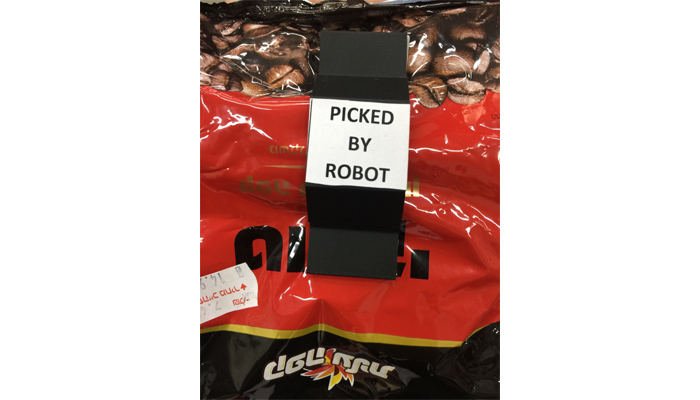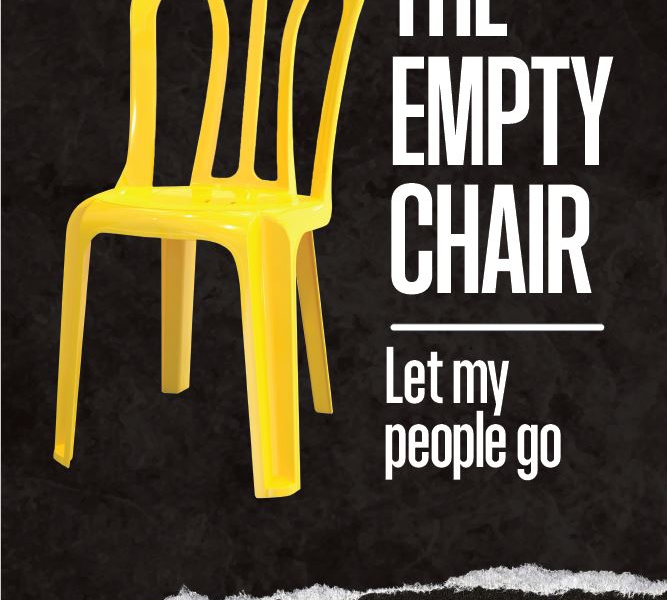
Do you get excited anticipating the arrival of an item you ordered online? You don’t have to wait long if you choose an expedited shipping option at check out. Amazon Prime Now members can even take advantage of having items delivered in a two-hour window.
No doubt behind the scenes people are bustling about in giant warehouses working to fill those orders. But if you opened the box to find a label, “Picked by Robot,” would you think you were in a science fiction movie?
If the people working in the Department of Mechanical Engineering at Ben-Gurion University of the Negev Marcus Family Campus in Beer-Sheva, Israel, have their way, you will see that label on an item shipped to you in the not-too-distant future.
Dr. Amir Shapiro heads the robotics laboratory where he and graduate student Yoav Golan, undergraduate research assistant Noam Hasson and many others have been conducting extensive research on robotic grasping and manipulation of objects.
Yoav’s master’s thesis was on The Design of Minimalistic Robot Grasping Systems, and his work with robotic hands has included designing, controlling and analyzing the ability to grasp and manipulate objects.
“It seems that there’s a long way to go with grasping arbitrary objects,” he says. “My research has been on the minimalist side – a simple hand that can utilize its fingertips the best way possible while still being able to conform itself to the shape we want.”
He goes on to explain that grasping an object can be easy if you know exactly what that object is, what the shape of it is or its flexibility.
For example, this team developed robots for the production line at General Motors. On the assembly line, the robots are programmed to know exactly what the shape of the car door is and then can manipulate it into place very quickly and efficiently. However, if that same robot were to try to grasp another object or catch a ball, they just can’t do it.
“This makes it very difficult for a lot of robotic grasping tasks to be achieved,” says Yoav. “A retailer would need to catalog every single item on the face of the earth in order to plan for each grasp – which is very difficult. There was no solution as of now to grasp an arbitrary object.”
Until Yoav woke up one morning with the simple idea – a sticker. “I think of a problem, and then I go to sleep and when I wake up, I sometimes have a solution. I woke up and thought, ‘Wait, has no one done that?’ ”
Yoav had the original idea and Noam worked on the design.
Dr. Shapiro breaks down the process. “The mobile robot travels in front of the shelf; it has a robotic arm and a gripper. The gripper has a single use sticker – this is the main idea.”
He continues, “(There is) a dispenser of stickers, one on top of the other, the robot takes a sticker and sticks it to the object. It makes it very easy to pick up any size and weight of any object, simply with the stickers.”
The sticker will then remain on the outside of the packaging, not affecting what’s on the inside. The sticker also could be made out of material that may be recycled along with the rest of the packaging.
They have developed many different stickers in various sizes, shapes and strengths to accommodate any size and weight object.
This could change the e-commerce industry with the potential to automate it completely. Currently, Amazon has robots that build boxes around custom orders and can add seals and labels. But currently no robots do order fulfillment.
“We strive to replace dangerous, fatiguing, boring jobs with robots,” says Yoav. “Opening up new options for employees that will be replaced. Our hope is to eliminate the job that is not good for employees.”
Dr. Shapiro also has done the cost analysis of the change to automation for when they are ready to approach Amazon and others. “The idea is a person that does this (job) costs about $70,000 a year, a robot packing station $42,000.” He continues, “The stickers cost 3.4 cents; we sell them for 4.5 cents. Amazon ships 3.1 billion packages per year. This will be $34 million profit just for the stickers. This would allow us to give the robot and gripper and make money just on selling the stickers.”
The group has applied for a patent and is now looking for funding – and a name for their new startup. Perhaps they should go with “Picked by Robot” that way their name will be on every sticker and the first thing you see when you open your package.
Mala was fortunate to be part of the 14th Murray Fromson Journalism Fellowship and will continue to share stories of the research being done in collaboration with the Ben-Gurion University of the Negev in Israel.





